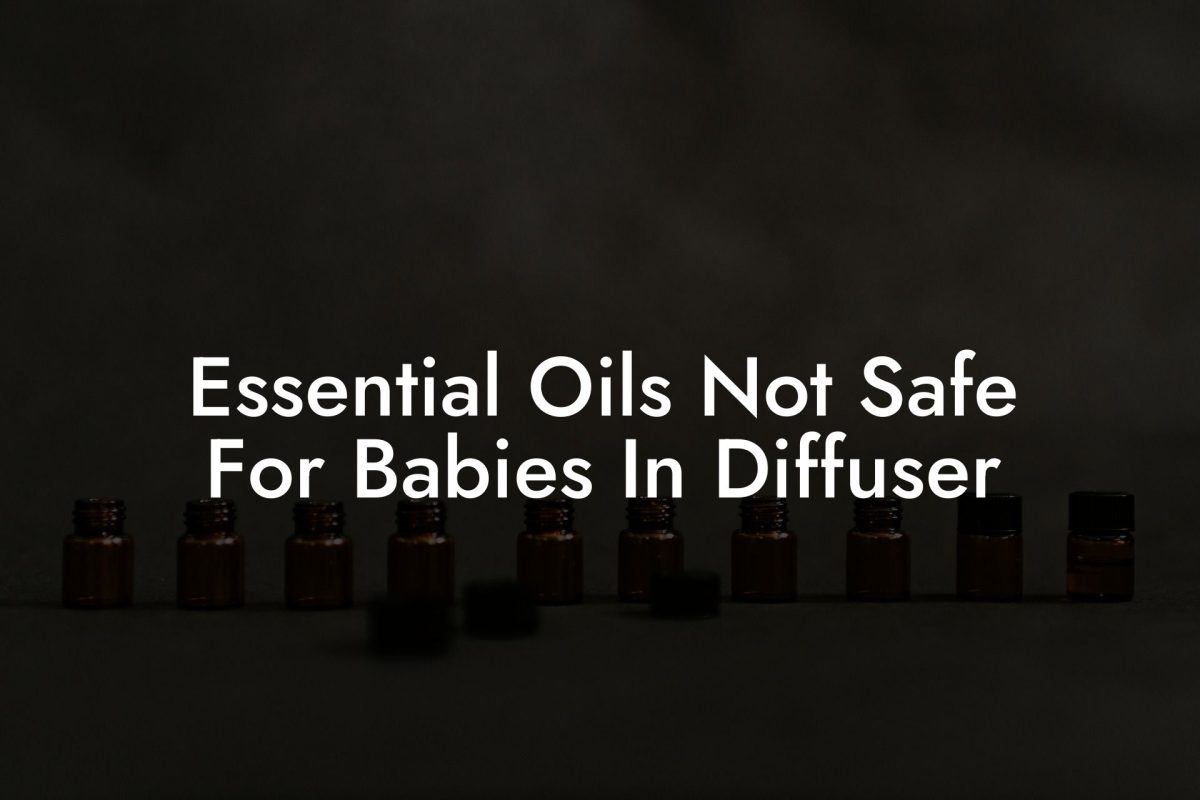Essential oils are nature’s gift to help enhance your facial beauty and improve your skin’s overall health. However, you must know how to use these potent extracts correctly to get the best results for your face. In this article, we’ll explore essential oils’ benefits on the face and how to use them correctly for optimal results.
Table of Contents
Why Use Essential Oils on Your Face?
Essential oils contain natural healing properties, making them suitable for enhancing your facial beauty and improving your skin’s appearance. Here are some benefits of using essential oils on your face:
- Moisturization: Different essential oils possess moisturizing properties that help to replenish the skin’s natural moisture, giving it a radiant and rejuvenated look.
- Reducing inflammation: Some essential oils like tea tree and lavender oils have anti-inflammatory properties, helping to reduce redness and swelling on your face. They are ideal for individuals with sensitive skin or conditions like eczema and rosacea.
- Fighting acne: For people with acne-prone skin, essential oils like tea tree and clary sage oil can help combat acne due to their antibacterial and antiseptic properties.
How to Choose the Right Essential Oil for Your Face
To be effective, you need to select the right essential oil for your skin type. Understanding the basics of choosing suitable oils for your unique skin type is imperative:
Normal Skin
- Lavender
- Rose
- Frankincense
Oily Skin
- Rosemary
- Lemongrass
- Cypress
Dry Skin
- Geranium
- Ylang-Ylang
- Sandalwood
Combination Skin
- Bergamot
- Neroli
- Patchouli
Sensitive Skin
- Chamomile
- Lavender
- Helichrysum
How to Use Essential Oils on Your Face
When it comes to applying essential oils on your face, you should always dilute them with a carrier oil. Using essential oils without dilution can risk skin irritation, sensitivity, and other adverse reactions. Here’s a step-by-step guide on using essential oils for your face:
- Dilute the essential oil: Mix a few drops of your chosen essential oil with a carrier oil like jojoba oil, almond oil, or grapeseed oil. A general rule to follow is 2% dilution, which implies 12 drops of essential oil for every 30ml of carrier oil.
- Test on a small area: Before applying the mixture to your face, test it on a small patch of skin, preferably on your wrist or inner arm. Wait for 24 hours to ensure there’s no adverse reaction.
- Apply to your face: Gently massage the diluted essential oil mixture onto your freshly cleansed face, focusing on areas of concern. Avoid your eye area and any open wounds or cuts. Be sure to cleanse your face before application.
- Use consistently: Apply the essential oil blend consistently as part of your skincare routine to experience lasting benefits for your facial skin.
How To Use Essential Oils On Face Example:
To help you better understand how to use essential oils on your face, let’s use a practical example with lavender essential oil:
1. Choose a carrier oil like jojoba oil. Mix 12 drops of lavender essential oil with 30ml of jojoba oil, creating a 2% dilution.
2. Test the mixture on a small area of your inner arm and wait 24 hours to ensure there’s no reaction.
3. After cleansing your face, gently massage the essential oil mixture, focusing on areas of concern.
4. Incorporate the lavender and jojoba oil mixture into your daily skincare routine for the best results.
Now that you have discovered the secrets to using essential oils on your face, you can transform your skincare routine and start reaping the natural benefits of these potent botanical extracts. Consider exploring other essential oils and our range of Oshu Oils products to enhance your skin’s health and wellness. Don’t forget to share this helpful guide with others who might be interested in using essential oils for facial care.





















